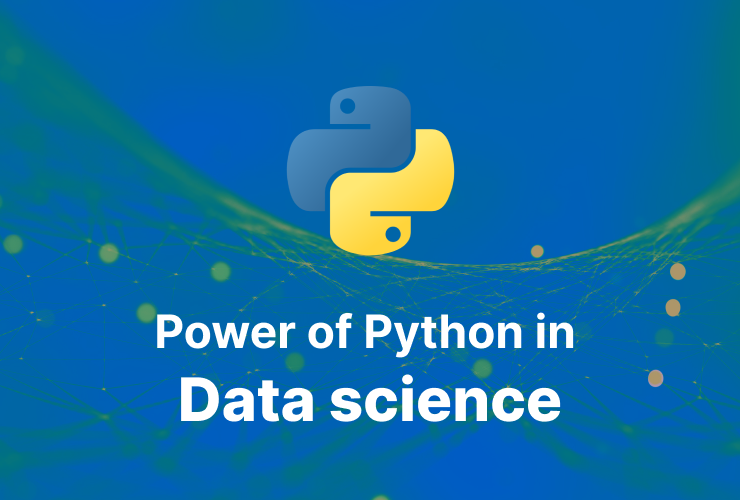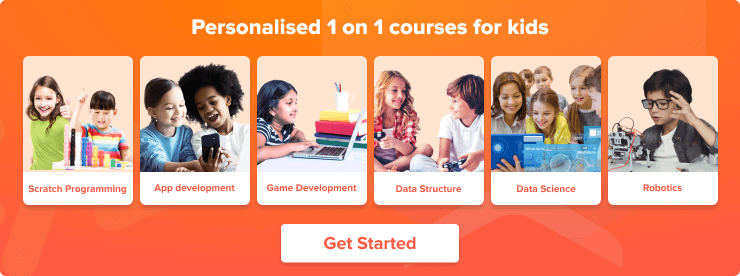Introduction
Python has emerged as a powerful tool for data scientists in recent years. It is an open-source programming language that is easy to learn and has a wide range of applications in data science. Python’s popularity in data science is due to its flexibility, ease of use, and the availability of a wide range of libraries and frameworks that facilitate data analysis, machine learning, and artificial intelligence.
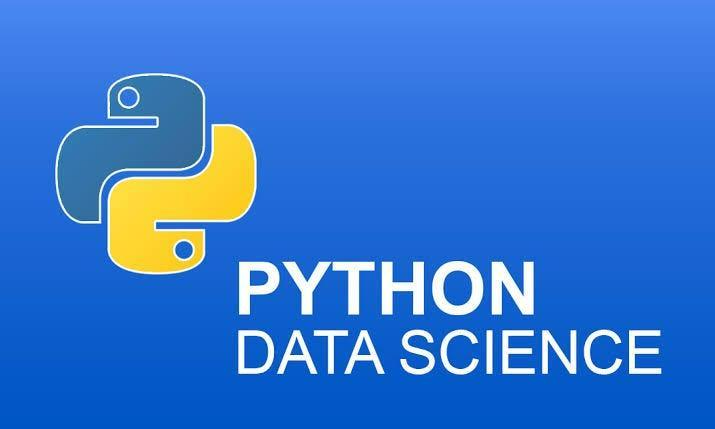
Advantages of Python in Data Science
Ease of use
One of the key benefits of Python is its simplicity and ease of use. It has a clean and easy-to-read syntax, which makes it easier for developers to write and maintain code.
Python also has a large community of developers who contribute to the development of the language and its libraries, making it easier for beginners to learn and get support. Additionally, Python has an interactive mode, which allows developers to test and experiment with code in real time.
Data Analysis
Python has several libraries that make it easy to manipulate and analyze data. Panda is a popular library used for data manipulation and analysis, which allows data to be imported from various sources and formats, such as CSV, Excel, SQL databases, and more.
Additionally, NumPy and SciPy are powerful libraries that provide advanced mathematical functions and statistical analysis tools. Matplotlib is another widely used library for creating visualizations, such as charts and graphs, to better understand the data.

Web Development
Python is not only limited to data science but has also gained popularity in web development. Django and Flask are popular web frameworks used to build web applications.
Django is a full-stack web framework that is widely used in the industry, while Flask is a lightweight web framework that is easy to learn and use. Python also has libraries such as Beautiful Soup, which is used for web scraping, and Requests, which is used to send HTTP requests.
Integration
Python can be easily integrated with other technologies, such as SQL databases and Hadoop clusters. This makes it easier to work with data across different platforms and technologies.
Future of Python
Increased Demand for Data Science Skills
Data science is becoming increasingly important for businesses as they seek to make sense of the vast amounts of data they collect. This has led to a high demand for data scientists who are skilled in using programming languages like Python to analyze data and draw insights from it.
According to a recent study, Python is the most commonly used programming language among data scientists, with over 70% of respondents using it in their work.
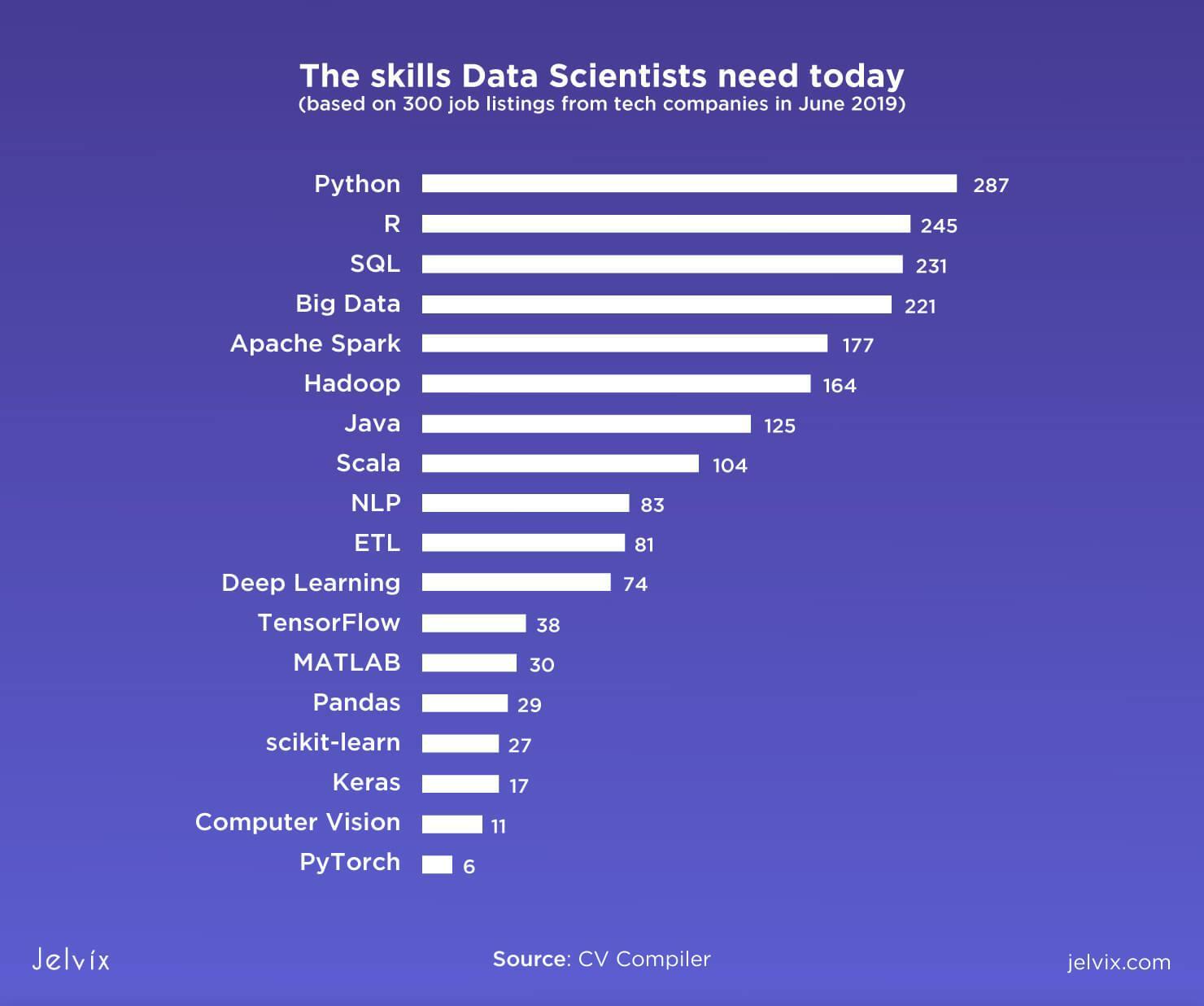
Emergence of New Libraries and Frameworks
Python’s popularity in data science has led to the development of several new libraries and frameworks. As data science continues to evolve, new libraries and frameworks will continue to emerge, making it easier for data scientists to analyze data and develop machine learning models.
For example, TensorFlow, PyTorch, and Keras are all relatively new libraries that have gained popularity in the field of deep learning.
Continued Improvements to Python’s Data Analysis Capabilities
Python has already proven to be a powerful tool for data analysis, but there is always room for improvement.
Python’s data analysis capabilities are likely to continue to improve as developers work to create new libraries and improve existing ones. This will make it easier for data scientists to manipulate and analyze data, as well as create visualizations to better understand the data.
Increased Use of Python in Data Visualization
Python has several libraries for data visualization, including Matplotlib, Seaborn, and Plotly. These libraries make it easy to create interactive visualizations that help data scientists understand complex datasets. As data visualization becomes increasingly important in data science, we can expect to see even more development in this area of Python.
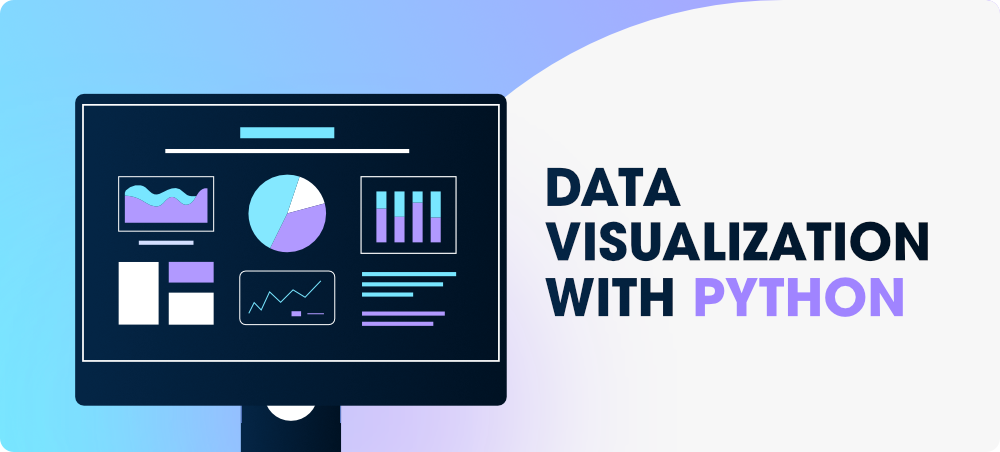
Increased Use of Python in Web Development
Python is not just limited to data science, and its use in web development is also increasing. Python has several web frameworks, including Django, Flask, and Pyramid.
These frameworks make it easy to build web applications and APIs, which can be used to display and interact with data. As businesses continue to collect more data, the ability to display and interact with that data in web applications will become increasingly important.
Conclusion
Python has emerged as a powerful tool for data scientists due to its simplicity, ease of use, and availability of a wide range of libraries and frameworks. Python’s flexibility allows it to be used for a variety of applications, such as data analysis, machine learning, and web development.
With its growing popularity and the support of a large community of developers, Python is poised to continue to play a significant role in the field of data science.
The best way to introduce kids to data science is by signing up for an online data science course for kids.
Codingal’s data science course for kids teaches them basic principles of data science, introduces them to data structures and data analysis, and helps them start using artificial intelligence, machine learning, neural networks.
Our teachers are all data scientists who are trained to match the style and pace of learning to suit your child. Book a free class to find out how.
